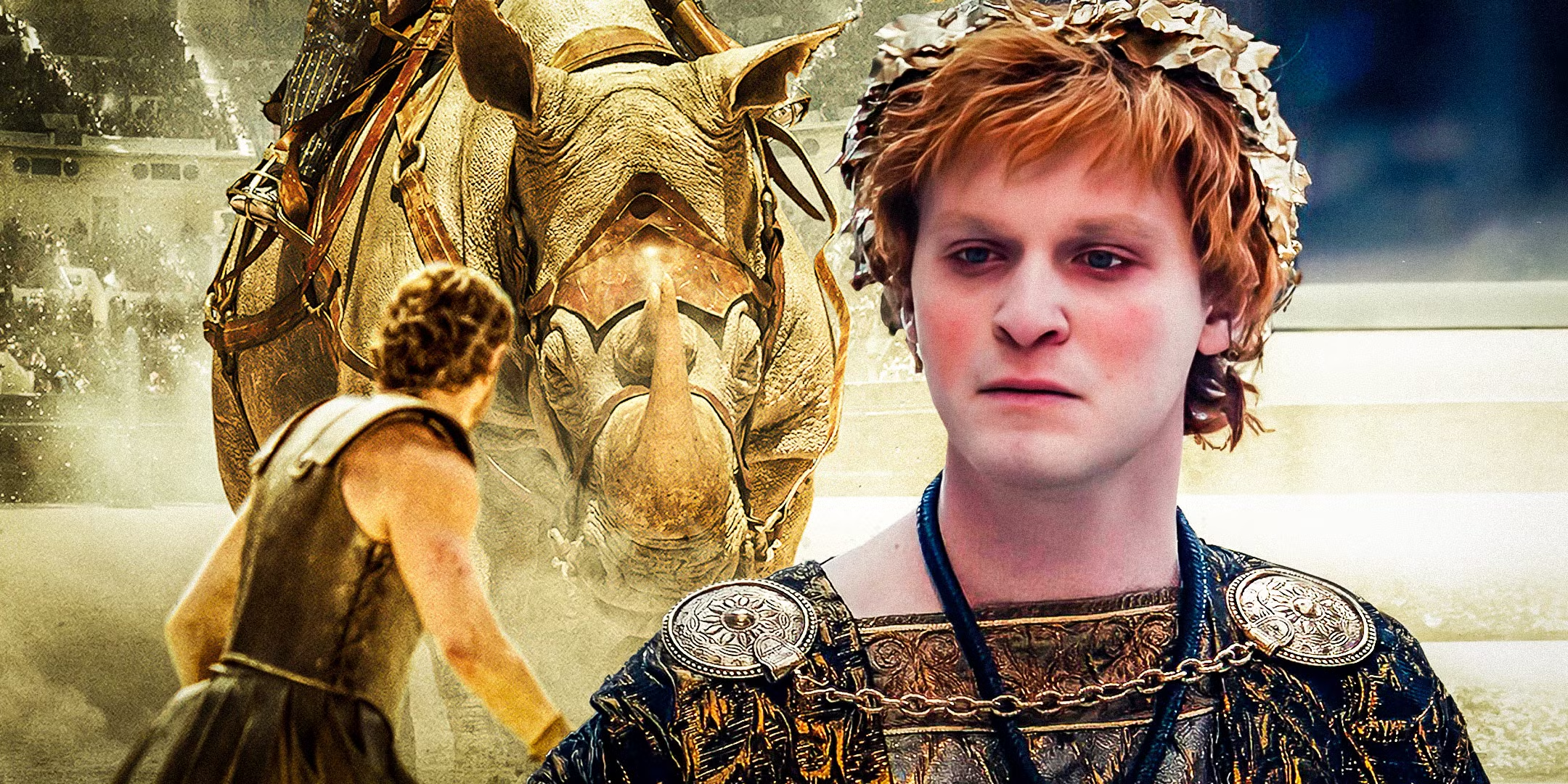Introduction
The movie Gladiator (2000), starring Russell Crowe, captured global attention with its powerful storytelling and cinematic brilliance. But beneath the Hollywood dramatization lies a burning question: Is Gladiator based on a true story? As someone who has spent over 15 years advising executives on corporate storytelling and brand authenticity, I’ve seen the danger of blurring fact and fiction. Whether in business or history, clarity about the truth helps people make better decisions.
When I worked with a client dealing with a PR crisis, the entire issue stemmed from overstated claims—very similar to how films sometimes stretch history for impact. In this article, I’ll break down the Gladiator true story, untangling myth from reality, with carefully reviewed historical context.
The Real Life of Marcus Aurelius
Marcus Aurelius was a Roman emperor, philosopher, and the last of the so-called “Five Good Emperors.” The film portrays him as an aging leader betrayed by his son, but reality was more nuanced. In truth, Marcus Aurelius ruled with stoicism and discipline. His work, Meditations, is still a blueprint for resilient leadership.
In business, I see parallels: leadership succession planning is critical. Just as Marcus struggled with grooming his son Commodus, I’ve seen CEOs stumble when inheriting family-led businesses. Empire-building—whether in Rome or in modern boardrooms—requires thinking about long-term governance. Marcus didn’t leave behind a trusted general like Maximus; instead, he placed faith in Commodus, which proved devastating.
The takeaway? Leaders must make hard, sometimes uncomfortable choices about succession. Truth matters more than loyalty because continuity rests on it.
Did Commodus Kill Marcus Aurelius?
The movie suggests Commodus murdered his father. Historically, this simply isn’t true. Marcus Aurelius likely died of natural causes—possibly plague—while on a military campaign. Commodus was there at his side, but there’s no verified record of patricide.
This is a lesson in narrative shaping. Just as Hollywood manipulated events for drama, I’ve seen corporate teams shape data to tell a “good story” in front of investors. That might buy short-term applause but erodes trust when the truth comes out. Authentic storytelling isn’t about exaggeration—it’s about fact-based confidence. Commodus didn’t kill Marcus, and when people learn the facts, the dramatization can feel misleading.
Was Maximus Based on a Real Person?
Maximus Decimus Meridius, Russell Crowe’s character, was not an actual individual. Instead, he was inspired by several historical figures—including Marcus Nonius Macrinus, a general who was close to Marcus Aurelius. That blending of characters helped Hollywood create a hero audiences could rally behind.
I’ve seen businesses do something similar. They create composite “ideal customer profiles” or case studies built from multiple clients. It’s not false, but it’s carefully curated to connect with audiences. The key difference? In business, transparency is critical—especially now when customers demand proof. Maximus, while fictional, draws from authentic values: loyalty, courage, and duty. That’s why his story endures.
Gladiatorial Games: Brutal Reality or Fiction?
The gladiator games were real, but Hollywood dramatized them. Fighters weren’t always slaves; some were volunteers seeking fame and money. Not every fight ended in death, though brutality was part of the spectacle.
From my consulting experience, this speaks to how industries amplify spectacle to maintain relevance. When I worked with a sports brand, they constantly highlighted extreme moments, ignoring the routine grind. In Rome, the Colosseum was also about control—keeping citizens entertained and distracted from political struggles. Today, companies often use flashy campaigns to divert from internal instability. The gladiator arenas remind us that spectacle is rarely the full story.
Was Commodus Really This Cruel?
Commodus is one of history’s most notorious emperors, and unfortunately, much of his cruelty is well-documented. He did fight in the arena, enjoyed excessive luxury, and weakened Rome’s governance. The movie makes his tyranny personal through family betrayal, but in truth, his incompetence was systemic—Roman stability eroded under his rule.
When I analyze leadership breakdowns, I see a pattern: unchecked ego, lack of accountability, and an obsession with image over impact. A company I worked with once had a rising star executive who was brilliant technically but toxic culturally. Like Commodus, talent without humility creates chaos.
Historical Accuracy of Gladiator’s Ending
The film ends with Maximus killing Commodus in combat, restoring “Rome to the people.” This is pure fiction. Commodus was assassinated in 192 AD by a conspiracy of his advisors and a wrestler. There was no gladiatorial duel.
This plot rewriting works for cinema but distorts real lessons. In business, I’ve seen similar moments when people crave dramatic turnarounds—like expecting a single hire to save a failing company. Reality is less theatrical but more sustainable. Change rarely comes from one duel or one executive—it comes from deliberate, structural choices.
Rome’s Politics vs. Hollywood’s Storytelling
The film compressed Rome’s intricate political web into a morality tale. Real Roman governance involved senators, military legacies, and shifting loyalties. Hollywood stripped this down into a good vs. evil storyline.
That simplification reminds me of how quarterly financial reports reduce complex dynamics into a single “earnings per share.” Reality is complicated; decision-making requires nuance. If business leaders rely only on simplified versions of their organizations, they miss the very levers that drive performance. Rome fell not because of one villain but because of systemic, compounding failures.
Gladiator’s Impact on Modern Culture
Despite its inaccuracies, Gladiator reshaped how popular culture views Rome. Tourism to the Colosseum spiked after the film’s release. The imagery of Maximus has become shorthand for honor and resilience. For professionals, it’s an example of how storytelling, even imprecise, can shape brand identity and market perception.
In marketing campaigns, I’ve seen similar forces. One client ran a story-driven campaign that exaggerated aspects of their product. It wasn’t false, but it was dramatized. What happened? It worked—but only for a while. Long-term impact still favors truth. Similarly, Gladiator moved audiences, but historians constantly revisit the truth for balance.
Conclusion
Look, the bottom line is this: the Gladiator true story is part fact, part fiction. Marcus Aurelius was real, Commodus was real, gladiatorial games were real—but Maximus was a fabrication, and most plot points are dramatized. In business and in history, we crave simplified narratives. Yet sustainable success comes from nuance, context, and truth. The film may inspire us, but the history teaches us.
For a deeper historical dive, resources like the History Extra article on Gladiator’s real history show just how much creative license Hollywood took.
FAQs: Gladiator True Story
1. Is Gladiator based on a true story?
Gladiator is partially based on real events, with historical figures like Marcus Aurelius and Commodus present, but the character Maximus is fictional.
2. Did Commodus kill Marcus Aurelius?
No, Marcus Aurelius likely died of natural causes during a military campaign, not by assassination from Commodus.
3. Was Maximus a real historical figure?
No, Maximus was not real but was inspired by several Roman generals, notably Marcus Nonius Macrinus.
4. Did Commodus actually fight in the Colosseum?
Yes, Commodus fought as a gladiator, but the fights were staged to guarantee his safety.
5. Were gladiator fights always to the death?
Not always. Many fights ended without death, though the violence was still extreme and meant to entertain.
6. Was Commodus as evil as portrayed in Gladiator?
Commodus was indeed cruel and arrogant, but the film exaggerated his direct involvement in murders.
7. Did Marcus Aurelius want Rome returned to the people?
Historically, Marcus focused on stability and Stoic philosophy, not political restructuring.
8. Who actually killed Commodus?
Commodus was strangled in 192 AD by a wrestler as part of a court conspiracy.
9. Was the Senate as powerless as shown in Gladiator?
The Senate still held influence, but under Commodus, imperial power grew stronger, reducing Senate authority.
10. Did Maximus really die in Rome’s arena?
No, Maximus never existed, so his final duel with Commodus never happened.
11. Was Lucilla, Commodus’ sister, involved in plots?
Yes, Lucilla was implicated in plots against Commodus but with far less drama than shown in the film.
12. Were Roman generals respected like Maximus?
Yes, many generals commanded great loyalty, but none had Maximus’ cinematic arc.
13. Did the gladiators have freedom after fights?
Some gladiators could earn freedom if they survived long enough or gained popularity.
14. Was Commodus’ reign the fall of Rome?
It accelerated decline but wasn’t the sole reason; Rome’s fall was systemic over centuries.
15. How accurate are Gladiator’s battle scenes?
The battles are Hollywood dramatizations, though some tactics reflect Roman military practices.
16. Why is Gladiator still so popular?
Because it combines timeless themes of loyalty, revenge, and leadership, even if historically altered.

